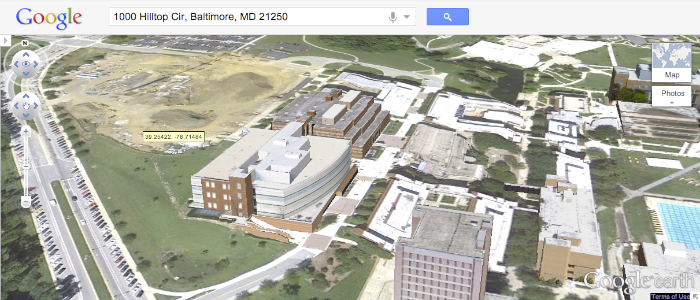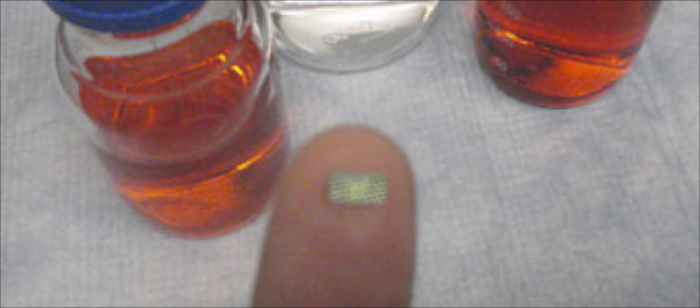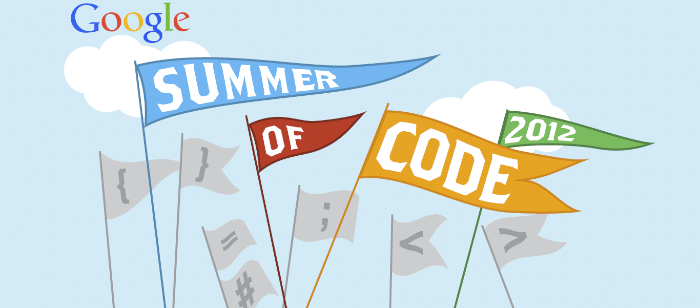As we are entering the second semester of the 2011-2012 academic year, we are preparing for changes and new opportunities. Associate Professor Brooke Stephens has retired and we are preparing to interview candidates for two open tenure track positions in Computer Science. CSEE has just received permission to search for a Professor of Practice in Computer Science. In addition to assisting our CS instruction, the Professor of Practice will be affiliated with our Cyber Security Program which is rapidly growing.
In the Kudos department: Professor Tim Finin was named UMBC Presidential Research Professor for 2012; Professor Anupam Joshi was recently appointed as the Oros Family Professor of Technology, a five year endowed professorship; UMBC’s 2012 Alumnus of the Year for Engineering and Information Technology is Ralph Semmel (’92 Ph.D., Computer Science).He is currently the Director of The Johns Hopkins University Applied Physics Laboratory; the Association for Computing Machinery (ACM) has recognized CSEE Professor Marie desJardins as a Distinguished Member for her contributions to the field of computing; Professor Yelena Yesha was awarded the 2011 IBM Center for Advanced Studies (CAS) Faculty Fellow of the Year; the IEEE Signal Processing Society has named Professor Tulay Adali a Distinguished Lecturer.
CSEE was visited during Fall 2011 by ABET as part of the accreditation process for the Computer Science and Computer Engineering programs. Richard Chang, Tim Oates, Chuck LaBerge, and Mohammed Younis guided us through this process.
Have a great Spring Semester. Keep up to date by visiting www.csee.umbc.edu
-Gary






